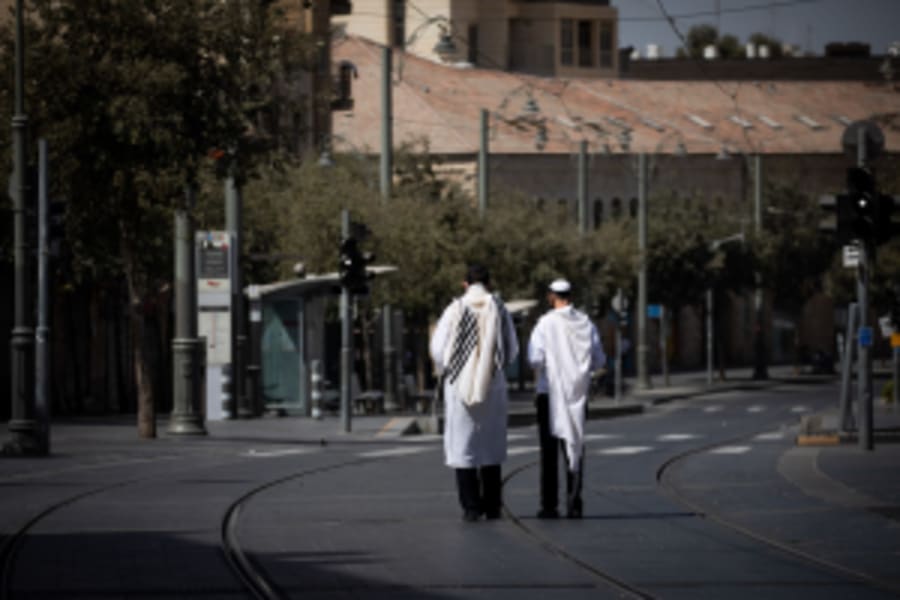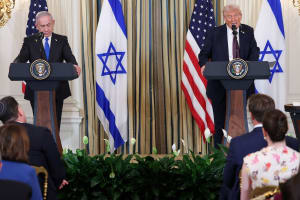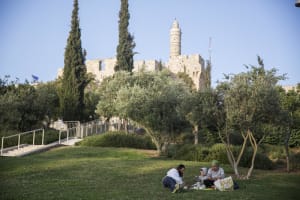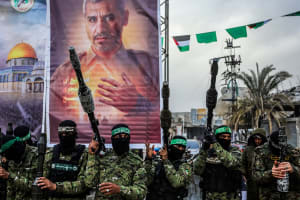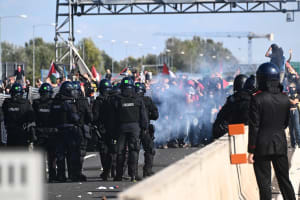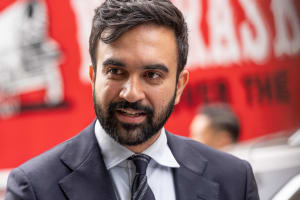From hudna to sulh - A lasting peace in the Middle East
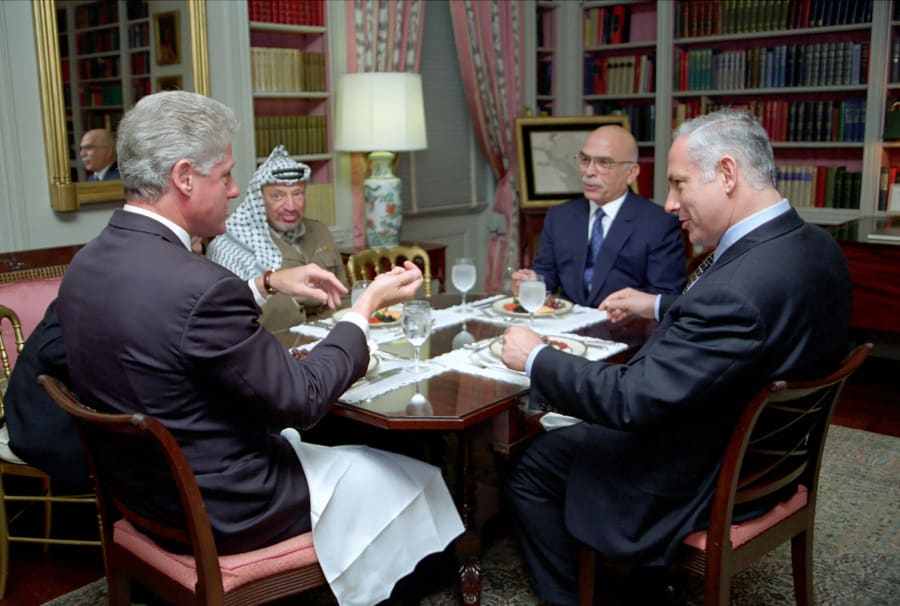
The Middle East has been a theater of conflict for generations, with temporary ceasefires and fragile truces offering fleeting respites but no lasting solutions. To achieve enduring peace, the region must move beyond the cycle of hudnas (temporary truces) and embrace sulh (permanent reconciliation), grounded in mutual recognition, justice, and pragmatic concessions.
This article explores how these Islamic concepts, distinct from the Abraham Accords, could pave the way for peace with Lebanon, Syria, Qatar, and even Iran—while addressing the Palestinian question under Israeli sovereignty.
The terms hudna and sulh originate from Islamic tradition and offer a blueprint for conflict resolution:
Hudna (هُدْنَة): A temporary ceasefire, often tactical, with no long-term commitment. Historically, it allows warring parties to regroup, negotiate, or avoid defeat. Examples include the Treaty of Hudaybiyyah (628 CE), which lasted only two years before collapsing. Hudnas are fragile because they lack mutual recognition or resolution of core disputes.
Wars, Uprisings, and Intifadas in Israel Ending with a Hudna:
First Intifada (1987–1993)
Ended with the Oslo Accords (1993), though not formally called a Hudna, Hamas and other groups sometimes referred to ceasefires in Islamic terms.
Duration: The uprising itself lasted about 6 years, but localized truces varied.
Second Intifada (2000–2005)
Hamas and Factions Declared Hudnas:
June 2003 Hudna (Announced by Hamas, Islamic Jihad, and Fatah)
Duration: 3 months (officially), but collapsed due to continued violence.
2008–2009 Gaza War (Operation Cast Lead)
Ended with a unilateral ceasefire, but Hamas later referenced it as a Hudna.
Duration: The truce was unstable, with sporadic violations.
2012 Gaza Conflict (Operation Pillar of Defense)
Ended with an Egyptian-brokered ceasefire, termed a Hudna by Hamas.
Duration: ~1 year (until tensions escalated again).
2014 Gaza War (Operation Protective Edge)
Ceasefire brokered by Egypt, with Hamas accepting a long-term Hudna.
Duration: The truce held ~4 years before major clashes resumed in 2018.
Sulh (صُلْح): A binding, permanent peace treaty rooted in justice and compromise. Unlike a hudna, sulh requires:
Mutual consent (no coercion).
Recognition of sovereignty (e.g., Egypt’s 1979 recognition of Israel).
Fair terms (addressing grievances without oppression).
Enforcement mechanisms (third-party guarantees).
The Abraham Accords (2020), while groundbreaking, fall short of sulh. They normalized relations between Israel and Arab states (UAE, Bahrain) but sidestepped core issues like Palestinian statehood, making them closer to a hudna—a pragmatic pause rather than a transformative peace.
A Sulh for Lebanon and Syria: Ending Proxy Wars
Lebanon: Hezbollah’s grip on the country has turned it into an Iranian proxy, perpetuating conflict with Israel. A sulh would require:
Disarming Hezbollah under UNSCR 1701, enforced by NATO or Arab coalition troops.
Lebanon’s recognition of Israel, with border adjustments (e.g., resolving the Shebaa Farms dispute).
Economic incentives: Gas exploration deals in the Mediterranean, backed by U.S. and EU investment.
Syria: The current regime, reliant on Iran and Russia, must choose between perpetual war or survival through peace. A sulh could include:
Ceding the Golan Heights (originally part of Jewish Palestine) to Israel in exchange for normalized relations.
Expulsion of Iranian forces, with France as a guarantor.
Reconstruction aid tied to Syria cutting ties with Hamas and Hezbollah.
Historical Precedent: The Treaty of Lausanne (1923) shows how a defeated power (Ottoman Empire) can transition to peace through pragmatic concessions.
Iran and Qatar: From Sponsors of Chaos to Partners in Peace
Iran: The greatest obstacle to regional peace is the Islamic Republic’s ideological commitment to Israel’s destruction. A sulh would necessitate:
Regime change or ideological shift, abandoning the “Death to Israel” doctrine.
Nuclear disarmament in exchange for sanctions relief and integration into the global economy.
Ending support for proxies (Hamas, Hezbollah, Houthis), verified by IAEA-style monitors.
Qatar: While hosting Hamas leaders, Qatar also mediates ceasefires. A sulh would require:
Cutting ties with Hamas’s militant wing, redirecting funds to Palestinian civil society.
Joining the Abraham Accords, leveraging its diplomatic influence for broader normalization.
Challenge: Iran’s regime may only accept peace after a decisive military defeat, like the Ottomans in WWI.
The Palestinian Question: Limited Autonomy with local self-determination but Not Statehood
Palestine has never been a sovereign state, and the Oslo Accords’ failure proves that premature statehood leads to chaos. Instead, Israel could grant limited autonomy to Palestinians who:
Recognize Israel’s legitimacy and borders under the Mandate.
Renounce violence, dismantling terrorist infrastructure.
Accept Israeli security control (e.g., Jordan Valley).
Model: The UAE’s approach—economic integration (e.g., industrial zones in the West Bank) paired with strict counterterrorism measures.
How Sulh Differs from the Abraham Accords
Aspect | Sulh (Permanent Peace) | Abraham Accords (Tactical Normalization) |
Duration | Permanent | Ad hoc, reversible |
Core Issues | Resolves borders, refugees, etc. | Skirts Palestinian demands |
Islamic Legitimacy | Requires clerical endorsement | Lacks broad Muslim support |
Enforcement | Third-party guarantees (e.g., U.S. and France) | No robust mechanisms |
The Accords are a step forward but must evolve into sulh by addressing existential grievances.
Conclusion: The Path Forward
For sulh to succeed, the West and Israel must:
Defeat Iran’s proxies militarily (Gaza, Lebanon, Syria).
Offer just terms: Land control, water rights, and local autonomy for compliant Palestinians.
Secure clerical buy-in: A fatwa from Al-Azhar or Saudi scholars legitimizing peace.
The alternative—endless hudnas—only delays the next war. True peace demands courage, compromise, and an unwavering commitment to sulh’s restorative vision: not just the absence of war, but the healing of its wounds.

Aurthur is a technical journalist, SEO content writer, marketing strategist and freelance web developer. He holds a MBA from the University of Management and Technology in Arlington, VA.


